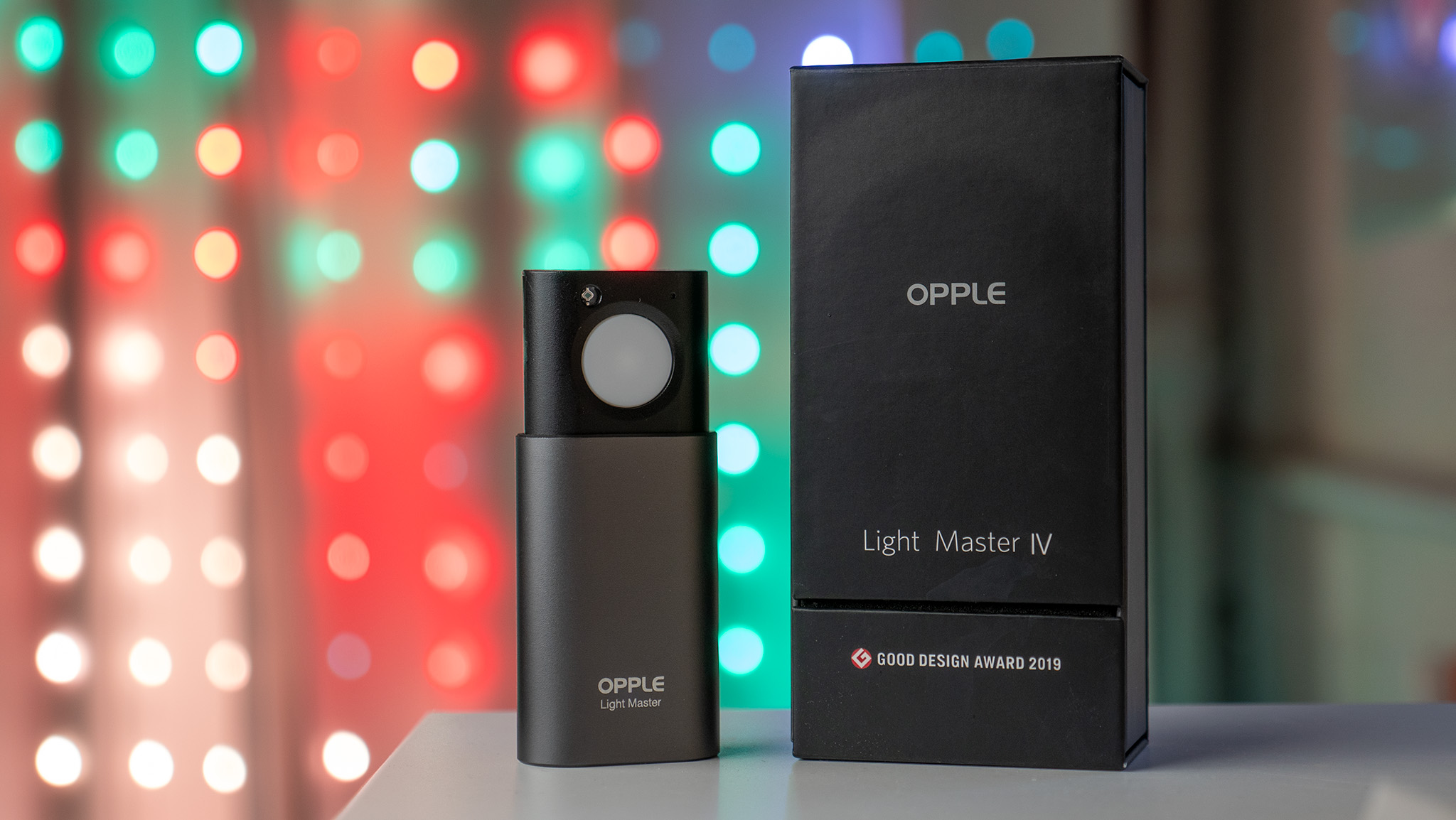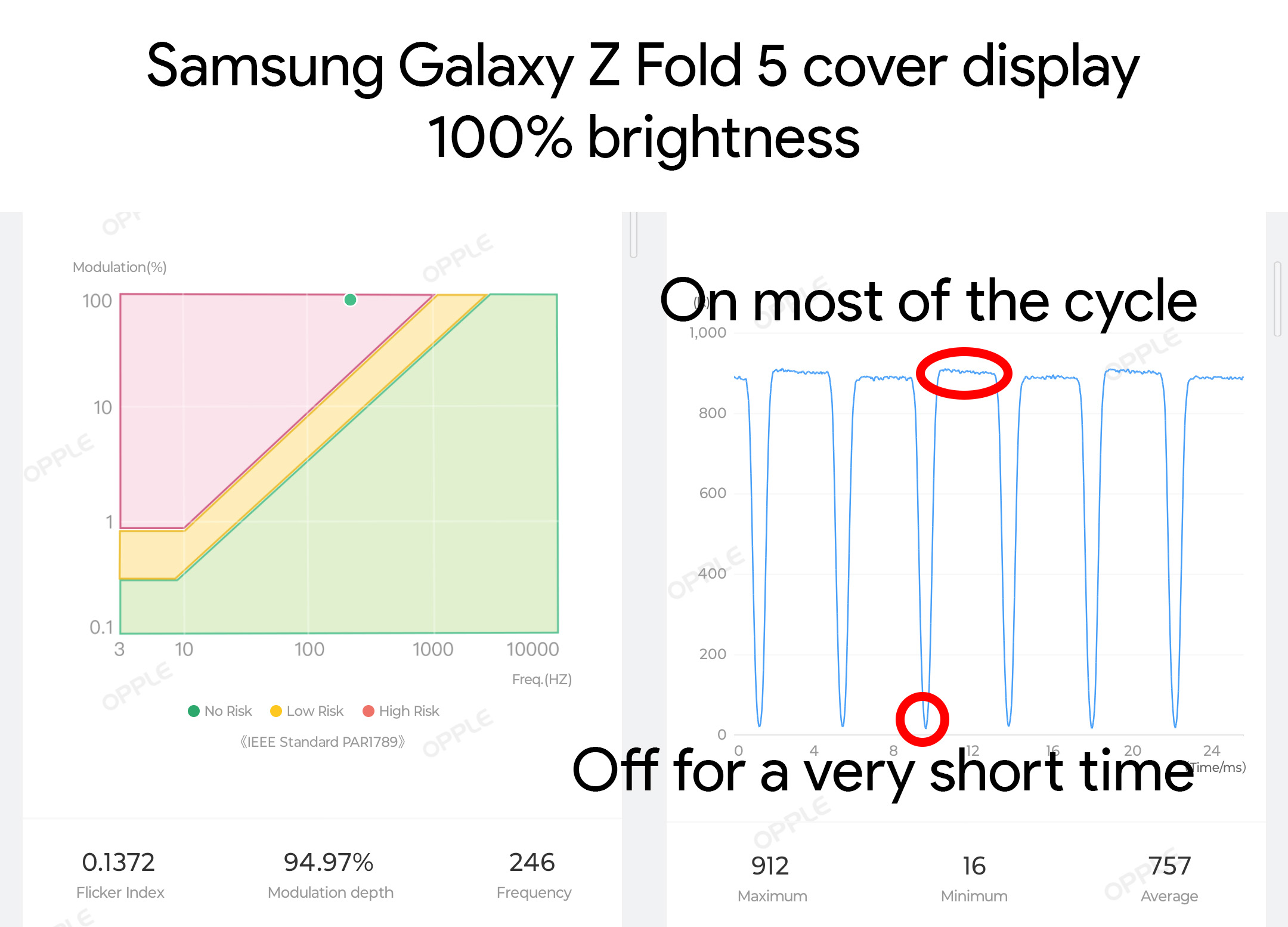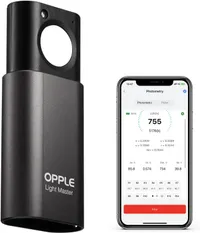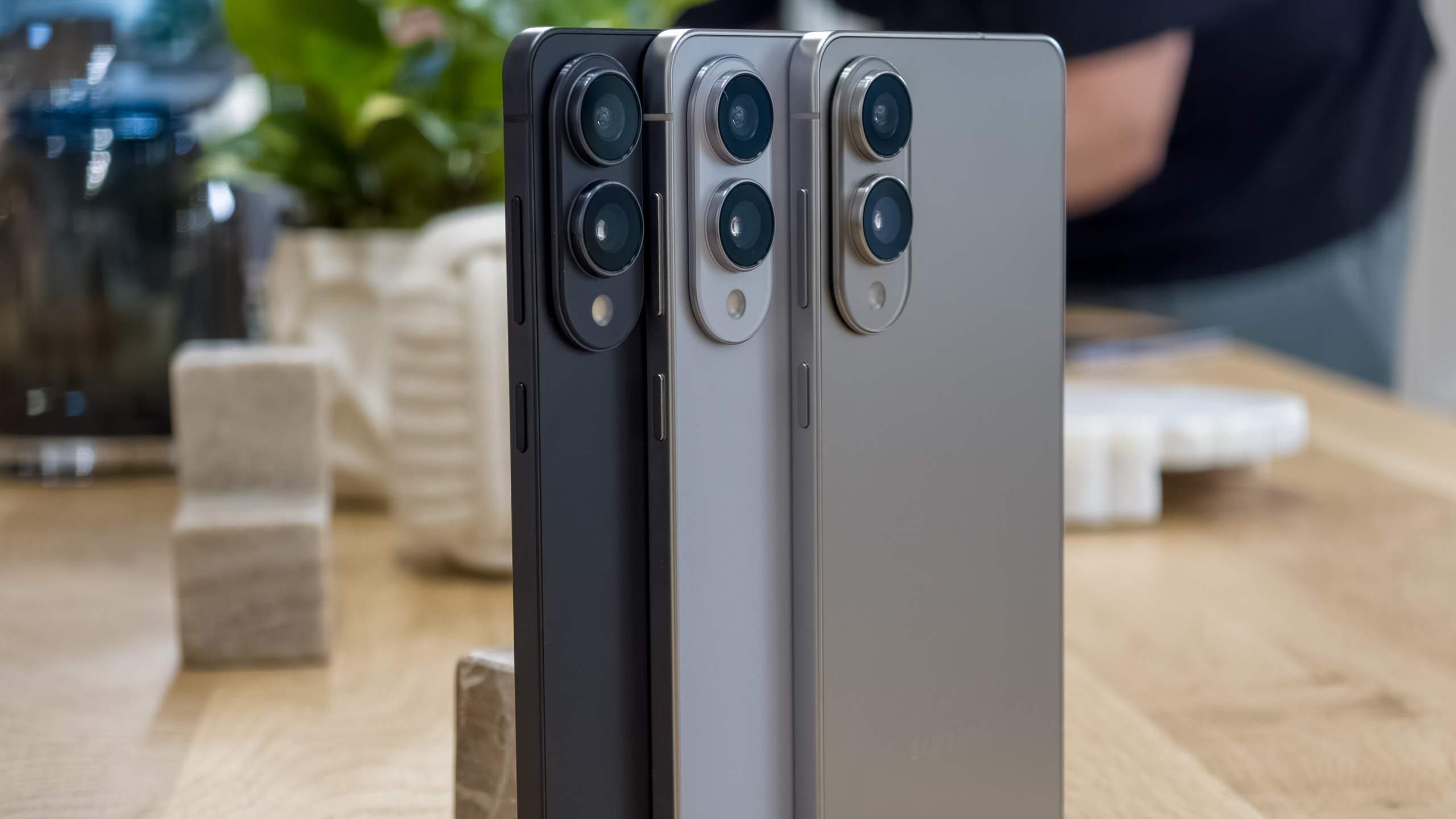Just $36 on Cyber Monday will tell you if your phone is destroying your eyes
This handy tool is as compact as its price.

Over the past year, I've learned that I'm super sensitive to certain types of flickering displays and light sources. Since I figured this out back in the Spring, I've been using the Opple Light Master 4 to measure flicker, and now you can for just $36 with this Cyber Monday deal!
The Opple Light Master 4 is the latest compact light meter from the Dutch company that can be used to measure flickering light sources of all kinds, as well as measuring color accuracy from displays. Personally, I only care about display flicker since it gives me headaches, eye aches, and can even make me feel horribly nauseous.
This handy, pocket-sized light meter connects to the Opple app on my phone and gives me readings in seconds, letting me know if a display is safe for me to look at long-term.
Opple Light Master 4: $55.99 $36.19 at Amazon
Finally, you'll be able to understand why some displays and lights hurt your eyes while others are fine with this handy pocket-sized light meter. Just download the Opple app and get readings in seconds!
Don't be intimidated by the term "light meter." This one's ultra-easy to use and gives you easy-to-understand metrics through the free app. Just download the Opple Smart Lighting app and tap the plus icon on the top right to pair your device.
The Opple Light Master 4 features a USB-C port and rechargeable battery built-in, so it's just as easy to keep it charged as it is to use. Plus, the genius sliding design keeps the Light Master's sensitive sensors protected behind a metal shell when not in use.
So what, exactly, are you looking for when using this tool? Phones like the Galaxy Z Fold 5 use a very harsh form of fake dimming called PWM that turns the screen on and off several hundred times per second.
The problem with many of Samsung's AMOLED displays is that they not only perform this cycle more slowly than companies like LG or BOE displays, but they also perform this cycle no matter the brightness level.

I've got a PWM dimming explainer that you can thumb through if you're more interested but, in a nutshell, the Opple Light Master 4 creates charts and graphs like the one you see above. In general, the chart will tell you if a display is deemed "safe" based on the IEEE PAR1789 standard.
While that chart isn't the be-all-end-all way of measuring things, it's a great place to start, especially when the graph on the right looks like a hazardous mountain range as it does on the Z Fold 5.
For more PWM tips, head on over to the PWM Sensitive Reddit and make sure to spend that $36 to save your eyes this Cyber Monday! You'll thank me later.
Get the latest news from Android Central, your trusted companion in the world of Android


